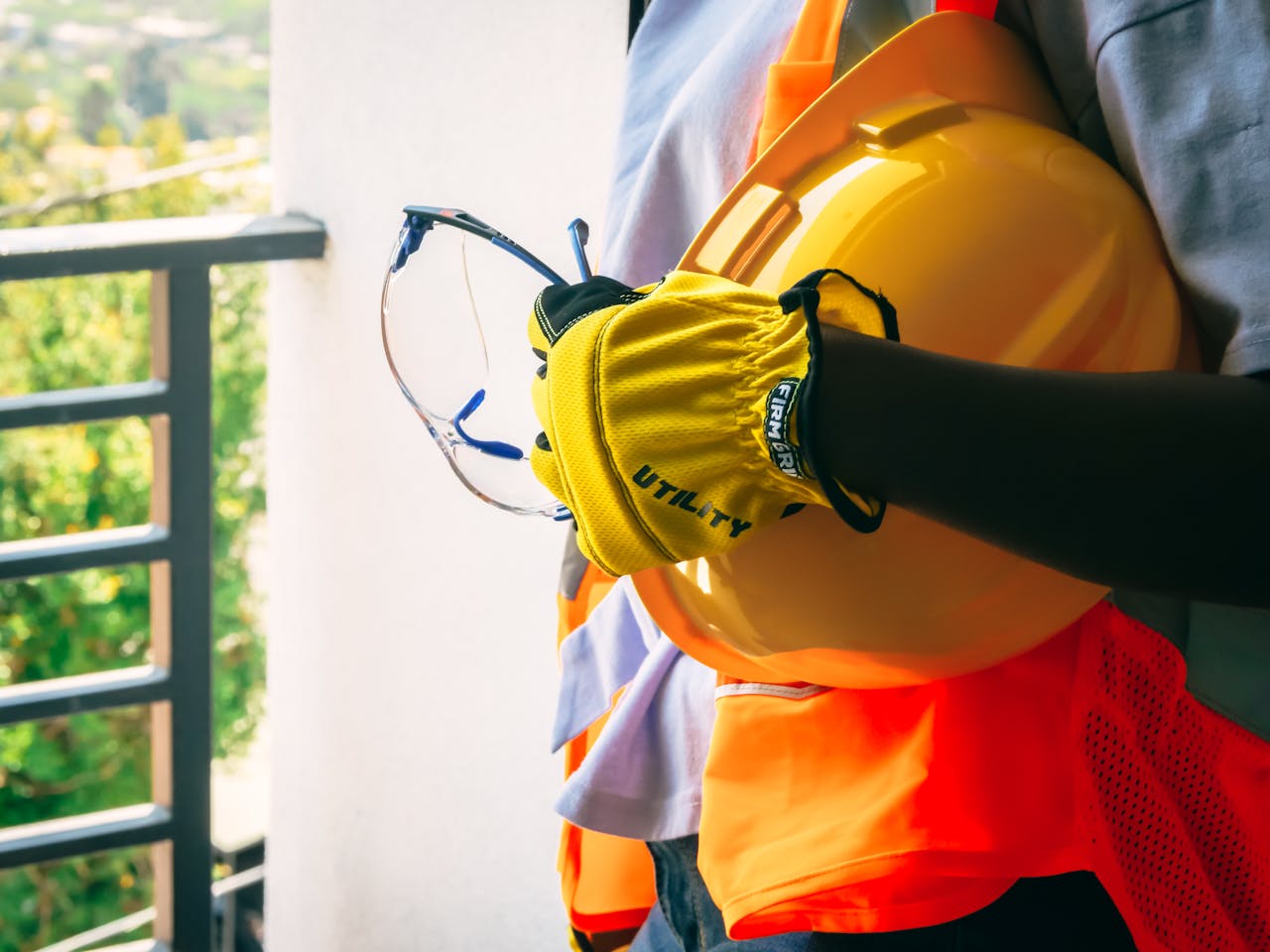
Just about everyone in construction knows well the role OSHA (Occupational Safety and Health Act) has had in establishing today’s workplace safety standards. Or at least they should. Following a wide range of protocols and industry practices can make the difference between creating a structure that is beautiful and built to last, and one that could pose unnecessary risks to the very people working diligently to construct it.
If you’re concerned about safety on your new commercial construction project – or simply want to ensure all-around excellence on your site – hire a premier contractor that has kept up to date with all of the advancements in this area.
(Find out about protecting against heat in your summer construction project.)
Past vs Present: How Are Construction Sites Safer Today?
A half a century ago, lax regulations routinely led to higher injury and fatality rates on work sites. While progress has been gradual, a lot has changed since then. For insights on what you can expect of your construction teams, consider some of the groundbreaking changes OSHA has been involved with over the years:
Construction in the 1970s
For the first time, national oversight was established during the Nixon administration to safeguard workers across industries. This included foundational safety rules to protect them from harmful substances like asbestos and lead, laying the groundwork for modern jobsite health standards.
Today: Ask about safety training programs
Ask your contractor about their safety training programs and whether they use third-party consultants or internal audits to identify health risks. Their answer should reflect a structured, proactive approach to jobsite hazards.
Construction in the 1980s
Workers gained the legal right to refuse unsafe work, empowering them to protect themselves if they believed they were in danger. Key protections around chemical exposure and equipment safety became mandatory during building processes.
Today: Look for contractors that empower their workers
Make sure workers are empowered to speak up. Clear and open communication between different workers is a sign of a healthy environment in this area.
Construction in the 1990s
Safety expanded beyond to include long-term health hazards and fall prevention – both of which were crucial to the wellbeing of construction workers at high elevations. Meanwhile, the first formal safety education centers started making specialized training more broadly accessible.
Today: Ask about certifications and protections in high-risk environments
A reputable company takes training for high-risk environments like rooftop work very seriously. Look for evidence of formal education and the appropriate certifications.
Construction in the 2000s
Major historical events like 9/11 and Hurricane Katrina tested the ability of the construction industry to respond safely during emergencies. New rules began protecting workers from serious risks like falling steel and toxic dust from elements used in industrial processes.
Today: Ask about emergency planning
There should be comprehensive safety planning for emergencies and unexpected events, covering topics like evacuations, medical emergencies and environmental hazards.
Construction in the 2010s
The industry continued its crucial focus on falls through national campaigns and targeted safety initiatives. Updated standards addressed modern equipment and emerging chemical risks.
Today: Make sure federal and local regulations are being followed
Ask if your partner participates in safety campaigns and keeps up with evolving regulations like silica dust control. This should include any updated fall prevention protocols and their reinforcement on work sites.
Construction in the 2020s
While not specific to construction, the COVID-19 pandemic did bring about rapid changes in workplace health practices, too, in particular those emphasizing sanitation and air quality.
Today: Find out what else they do to keep workers safe and healthy.
Evaluate how up to date your contractor is overall in maintaining improved health monitoring protocols.
Why Worker Safety on Sites Is Good for Business
Yes, there is a cost to ensuring all your workers have access to top-notch safety equipment and that the entire team follows best practices. But in the end it saves money. Construction-related injuries in the U.S. are estimated to cost companies more than $11 billion annually.
That figure underscores why it’s always better to work with a pro that doesn’t cut corners. Not only does protecting construction workers keep them safer, but it creates a more efficient work environment that helps keep costs under control.
Ask W. A. RANDOLPH, INC. About Heat Safety on Your Construction Project
At W. A. RANDOLPH, INC., we are transparent about our policies and work practices and are more than happy to discuss them with potential clients.
Call us at 847-856-0123 to find out what else we will do to ensure the highest building and safety standards are enforced on your next project.




